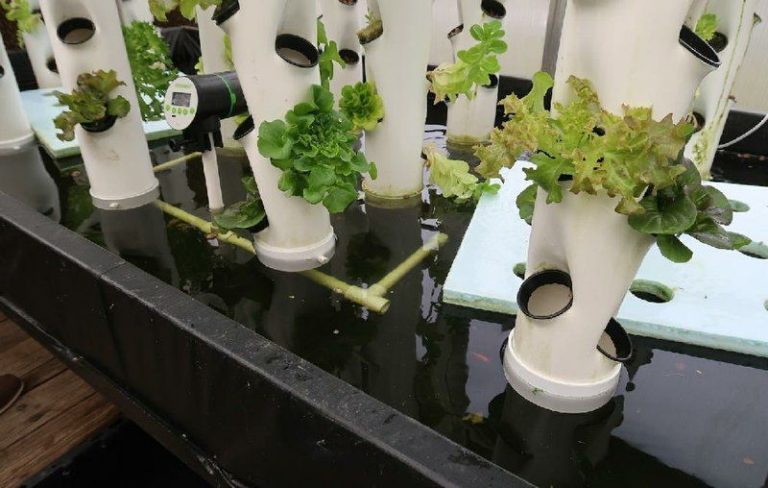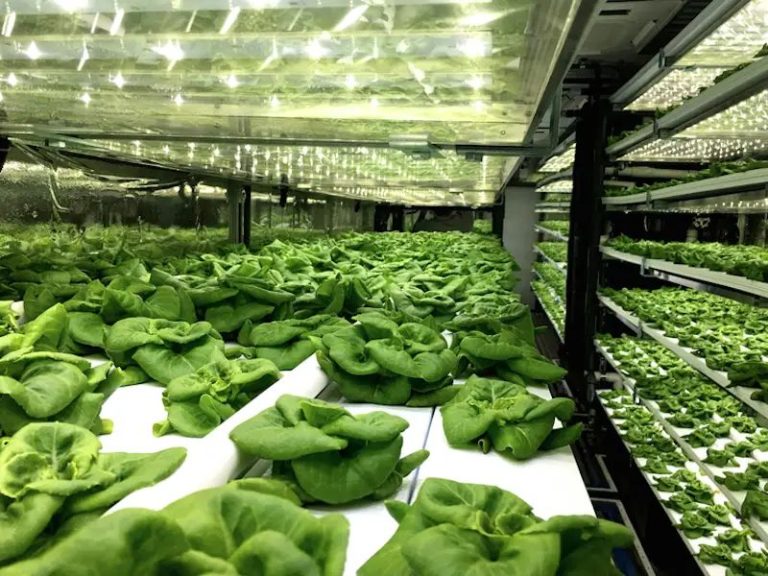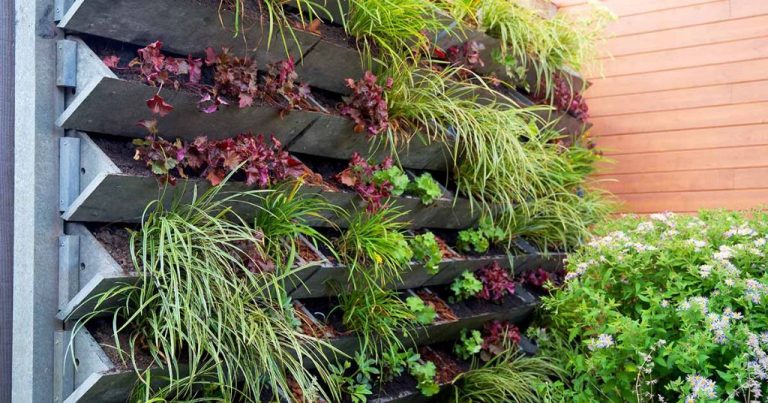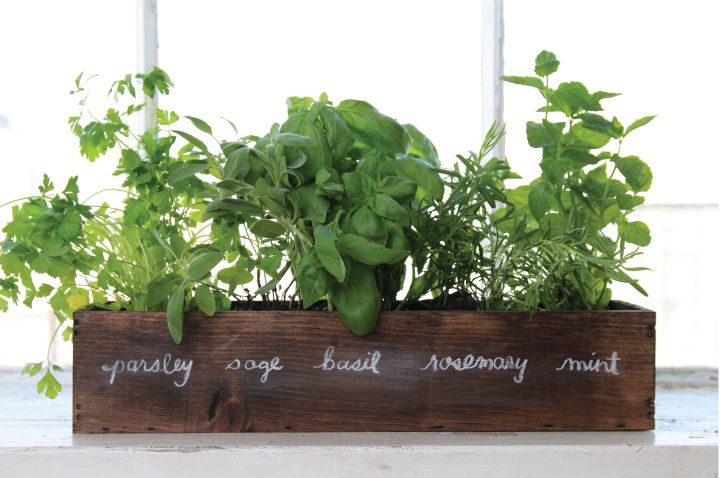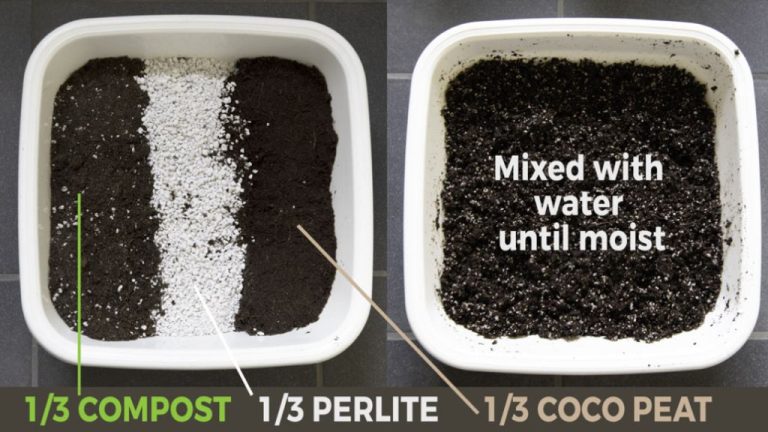Windowsill Herb Gardens: Fresh Flavors In Urban Kitchens
Urban herb gardening has become increasingly popular in recent years. More people are looking to grow their own fresh herbs in cities for the convenience, flavors, health benefits, and connection to nature. Mini herb gardens allow urban dwellers to add a bit of green and taste of the countryside into small city spaces. With just a windowsill, balcony, or patio, you can grow a vibrant container herb garden. This provides immediate access to flavorful herbs like basil, thyme, oregano, chives, and more to elevate everyday home cooking. Growing herbs at home also reduces reliance on store-bought herbs, provides satisfaction from nurturing plants, and allows customization with favorite herbs and varieties. This article will cover everything you need to know to get started with your own productive windowsill herb garden.
Benefits
Growing fresh herbs in a windowsill garden provides a range of benefits compared to buying dried herbs from the store. Having an on-demand supply of fresh herbs allows you to add bright, aromatic flavors to dishes year-round (Source). Chopped fresh herbs make flavorful garnishes that add color and taste to meals. Popular herbs like basil, thyme, and cilantro will thrive on a sunny windowsill and can be snipped as needed to elevate soups, salads, pastas, and more. Unlike dried herbs which lose flavor over time, fresh herbs pack a flavorful punch. With the convenience of a windowsill herb garden, you’ll always have fresh herbs within arm’s reach to enhance your home cooking.
Herb Selection
When choosing herbs for an indoor garden, it’s important to select varieties that can thrive indoors without as much natural light. Some of the best herbs for indoor growing include basil, oregano, thyme, sage, rosemary, lemon balm, parsley, chives, mint, and cilantro.
Herbs like basil, parsley, thyme, oregano, and sage do well on sunny windowsills and can be grown successfully indoors year-round. They are easy to grow from seed or transplants and adapt well to container gardening. Herbs like mint and lemon balm can aggressively take over garden beds, so they are great candidates for contained planting indoors. Cilantro and chives will produce many cuttings over their growing period.
When selecting herbs, choose compact varieties over those that tend to become large and sprawling. For example, bush basil varieties take up less space than sweet basil. Herbs like rosemary, lavender, sage, and thyme are naturally small plants. Dwarf citrus trees like Meyer lemons, calamondins, or kumquats produce both fragrant foliage and edible fruit indoors.
It’s best to avoid herbs that require full sun exposure, such as dill, fennel, and caraway. Steer clear of Mediterranean herbs like rosemary and lavender in the winter when light levels are low. With the right growing conditions, most popular culinary herbs will thrive on a sunny windowsill.
Containers
When choosing containers for an indoor herb garden, look for ones that are at least 6 inches deep to allow adequate room for roots to develop. Drainage holes at the bottom are also essential to prevent soil from getting waterlogged.
Some good options for indoor herb containers include:
- Ceramic or terra cotta pots – These allow air to penetrate the soil and provide good drainage.
- Self-watering pots – These have built-in reservoirs to provide a constant supply of water.
- Window boxes – These elongated containers can fit multiple herbs and attach to windowsills.
- Hanging baskets – Great for cascading herbs like strawberries or chamomile.
Avoid using containers like metal pots or glass vases that do not have drainage. The material of the container matters less than having adequate drainage and depth.
For a continuous supply of herbs, use at least 2 containers per herb. Grow one to harvest from now, and allow the other to reach maturity before harvesting. This ensures you’ll have a constant supply of each herb.
When choosing containers, make sure to pick ones that match your space. Opt for lightweight pots if placing on shelves, and wider ones for a windowsill to prevent tipping.
With the right containers, it’s easy to grow a bountiful indoor herb garden!
Soil
The soil is one of the most important elements for growing healthy herbs indoors. You’ll want to use a high-quality potting mix specifically formulated for growing herbs in containers. Avoid regular garden soil, as it can become compacted and retain too much moisture in pots. Here are some key tips for choosing the best potting soil:
Recommended potting mix – Look for a commercial potting mix designed for indoor herb gardens. A blend of compost, peat moss, perlite or vermiculite is ideal, as it provides drainage and aeration for roots. Many expert gardeners recommend Miracle-Gro Indoor Potting Mix, as it’s lightweight and absorbent.
Avoid heavy soil mixes with a high clay content, as they will stay too wet. Likewise, very lightweight sandy mixes may not retain enough moisture. The perfect potting mix will hold moisture but still drain well. Before planting, moisten soil and let it drain to remove excess water.
Light
Most herbs need at least 4-6 hours per day of bright, natural sunlight to thrive. This allows them to photosynthesize and produce the oils and flavors that give herbs their aromatic qualities. Some herbs, like basil, oregano and mint, are heavy feeders that require even more light – up to 8-10 hours daily. Without enough light, herbs will become leggy and weak as they stretch to reach the sun (The Keys to Successfully Growing Herbs Indoors).
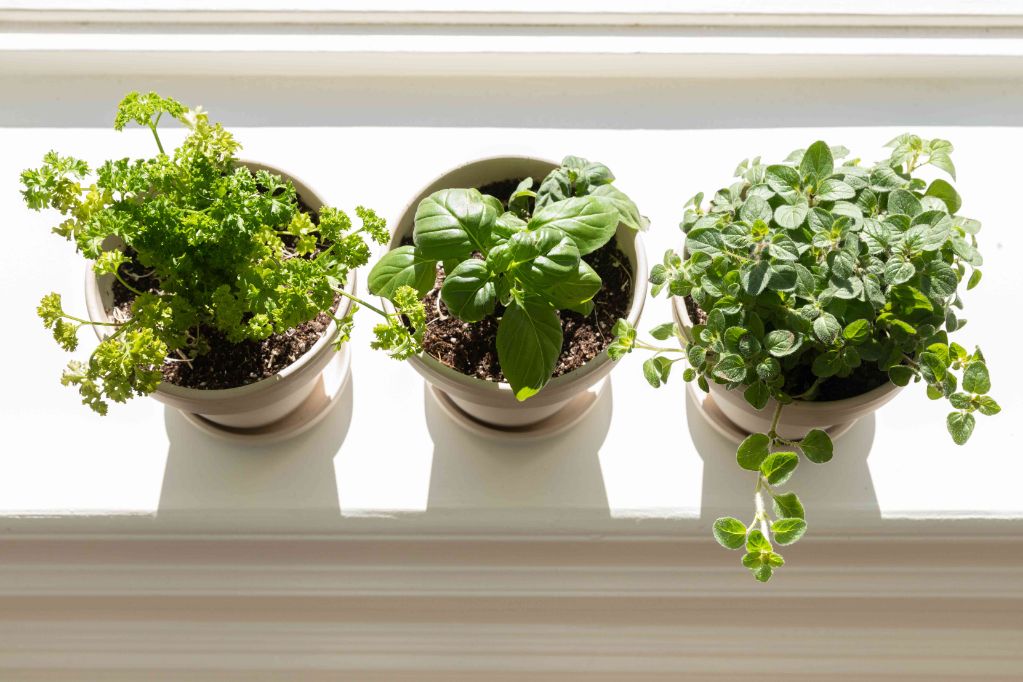
When growing herbs indoors, positioning them in a south-facing window is ideal. East or west-facing windows can also work if the light is ample. Be sure to turn the plants periodically so all sides get sunlight exposure. Supplementing with grow lights is recommended if natural light from windows isn’t sufficient. LED grow lights placed close to the herbs for 12-16 hours per day will provide full spectrum lighting optimized for photosynthesis (Collilaw Web). With proper light, an indoor herb garden can thrive year-round.
Water
Proper watering is crucial for healthy herb growth. The soil should be kept evenly moist but not soggy. Overwatering can lead to root rot while underwatering causes wilting and poor growth. How often to water depends on factors like temperature, light, plant size, and soil type. According to one source, herbs typically need watering 2-3 times per week. More specific watering guidelines include:
- Basil, parsley, and mint prefer consistently moist soil so water when the top inch becomes dry.
- Rosemary, thyme, oregano, and sage tolerate drier conditions so wait until the top 2 inches are dry before watering.
- Chives and cilantro can handle slight wilting between waterings.
- When growing herbs in water, change the water every 2-3 days and rinse the roots gently.
Ideally use room temperature filtered or distilled water. Let the excess drain from the pot’s holes after watering. Drooping leaves often indicate under watering.
Fertilizer
While indoor herb plants generally don’t require much fertilizer, providing some nutrients can promote growth. Organic fertilizers like compost tea, worm castings, or fish emulsion are good options for herbs. Start with half-strength applications every 2-4 weeks during the growing season according to package directions (source).
Avoid over-fertilizing herbs indoors, as an excess of nutrients like nitrogen can diminish flavor. Herbs thrive in relatively poor soil and don’t need much fertilizer. Test soils before applying fertilizer to check existing nutrient levels first. Targeted organic fertilizers with more phosphorus and potassium than nitrogen are ideal for herbs (source).
Pruning & Harvesting
Proper pruning and harvesting is key to keeping herbs healthy and productive. Here’s what you need to know:
Harvest herbs frequently, snipping off new growth often. This encourages the plant to grow even more. For leafy herbs like basil, mint, or cilantro, cut off the top inch or two of stem tips. For woody herbs like rosemary, thyme, or oregano, pinch off individual stems right above leaf nodes.
When harvesting, be sure to leave at least one third to one half of each plant’s foliage and stems intact. This allows the plant to regrow vigorously. Make cuts with clean, sharp scissors or pruners to avoid damage.
Trim off any flowers, unless you want to collect them. Flowering diverts a plant’s energy from leaf production. Exceptions are herbs grown specifically for their flowers, like chamomile.
Prune herbs aggressively in fall to prepare for winter. Cut woody herbs back by one third to encourage bushy new growth. Cut back leggy annuals like basil to just above the lowest set of leaves. This shocks the plant into setting new leaf buds for next spring.
See detailed tips for pruning common herbs. And remember, frequent harvesting is itself an act of pruning! Keep snipping all season long.
Troubleshooting
Like any garden, indoor herb gardens can run into issues. However, there are solutions for many of the common problems. Overwatering is a frequent culprit that leads to root rot, especially for rosemary which does not tolerate wet soil (Missouri Botanical Garden). The best prevention is to allow the soil to dry out between waterings. Pruning is also key – a lack of pruning often causes growth issues. Regular pruning encourages bushy and compact plants (WikiHow).
Insufficient lighting causes problems for all indoor plants, but herbs are especially sensitive. While it may seem bright enough, most indoor conditions do not provide the strong light that herbs need. Using a grow light ensures robust growth (Epic Gardening). With proper care, most issues can be avoided or corrected to keep an indoor herb garden thriving.

